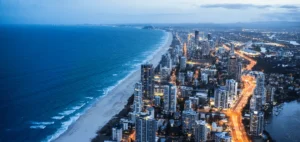In China, coal remains popular in the first half of the year. The country has approved 15 GW of new coal-fired power generation capacity. In addition, there is an increase in coal-based iron production capacity of 30 million tons.
While China has set carbon targets, it has approved many investments in coal, electricity and steel. These are approximately $26 billion to $33 billion. Thus, many are concerned about whether the country’s climate goals will be met.
ACI researcher Xinyi Shen comments:
“While the rise of coal may be a short-term policy adjustment, it poses a risk to China’s long-term climate commitments.”
China wants to avoid shortages
Last year, China suffered a wave of power shortages. These have disrupted the country’s economy. Thus, it is important to avoid such a situation. Nevertheless, according to the Centre for Research on Energy and Clean Air (CREA) and the Global Energy Monitor (GEM), building new power plants is not the answer.
They explain that China needs to create a more flexible power system. In addition, the country must develop energy storage. This will enable it to better distribute its energy throughout the territory.
In the first 8 months of the year, China produced more coal than last year. Production reached 2.93 billion tons, an increase of 11%. At the same time, China’s power generation capacity is also increasing. It increased by 8% to 2,466 GW.
This increase in electricity production capacity is also due to the development of renewable energies. Solar capacity reached 349.9 GW (+27%). Finally, coal-fired power generation increased by 1% to 1,110 GW.






















